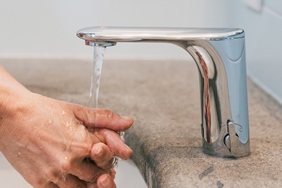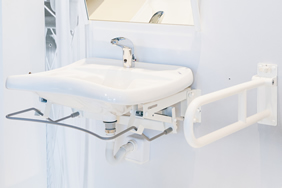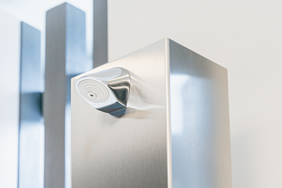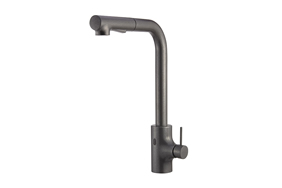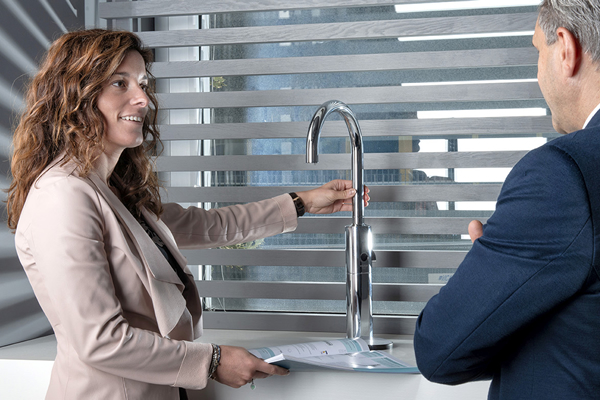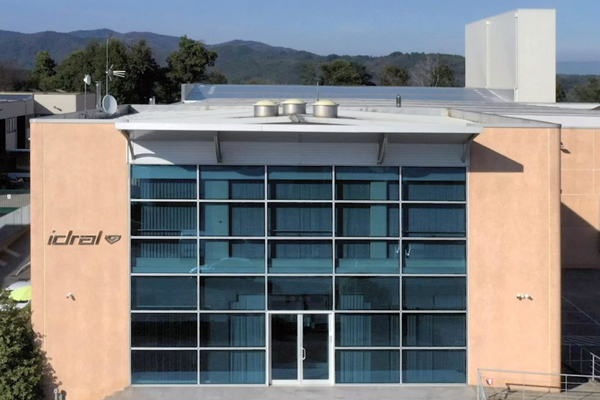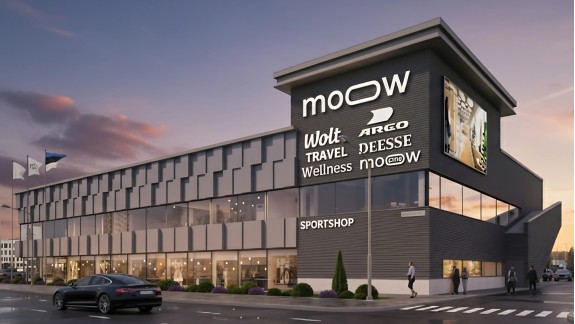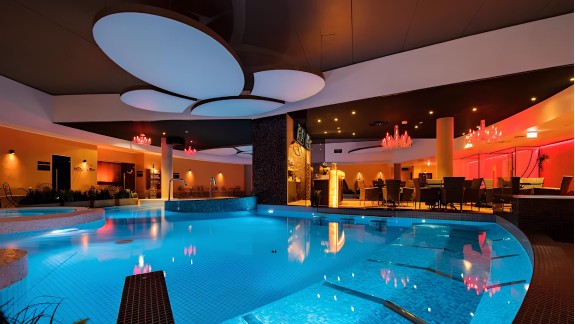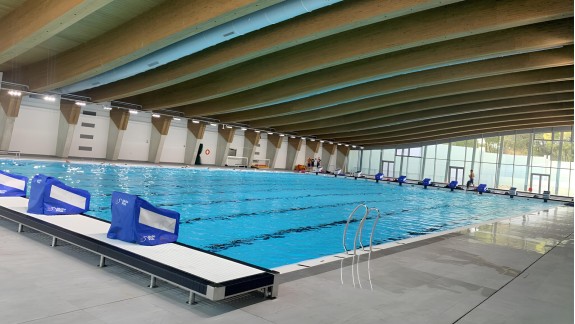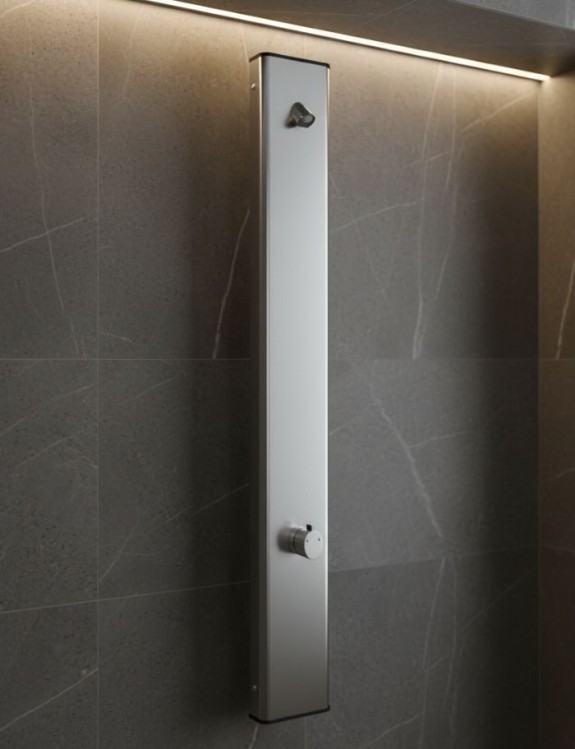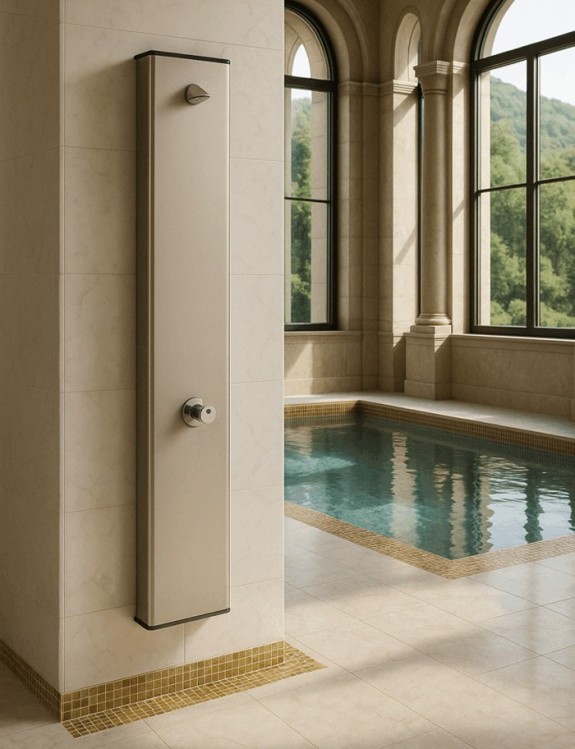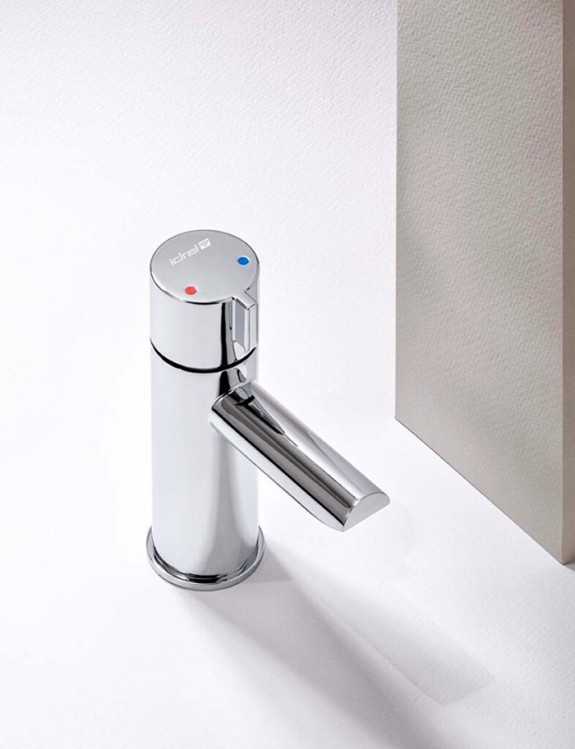Soluzioni idrosanitarie affidabili per spazi pubblici Made in Italy
Dal 1970 Idral sviluppa e produce rubinetti, sanitari e accessori per ambienti pubblici: nel corso degli anni IDRAL ha raccolto e accresciuto l’eredità del passato e si è specializzata in prodotti altamente tecnici, resistenti, sicuri, accessibili, igienici e rispettosi dell’ambiente.
La storia di Idral oggi inizia da qui: facendo tesoro dell’esperienza del passato e di tutte le competenze artigianali e manifatturiere raccolte negli anni, abbiamo dato vita ad un’azienda che guarda al futuro attraverso la tecnologia, l’innovazione e il risparmio energetico.
Siamo a tua disposizione per sviluppare una relazione duratura e diventare il tuo partner di riferimento.
Progettazione
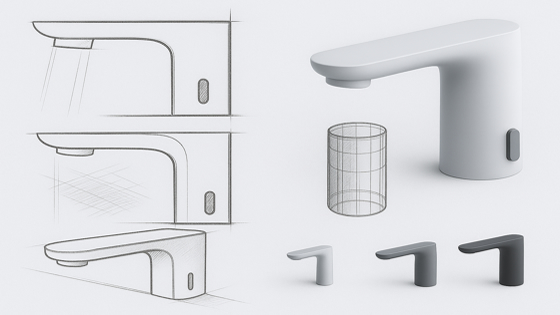
Idral è da sempre accanto ai suoi clienti, progettando e realizzando prodotti personalizzati quando richiesto. Sappiamo trasformare le tue idee in prodotti di successo su misura per te.
Assistenza

In Idral offriamo un supporto a 360º, dal momento della scelta del prodotto, alla progettazione, logistica, formazione e post vendita. Mettiti in contatto con noi e saremo felici di aiutarti.





